Dealing with invasive species
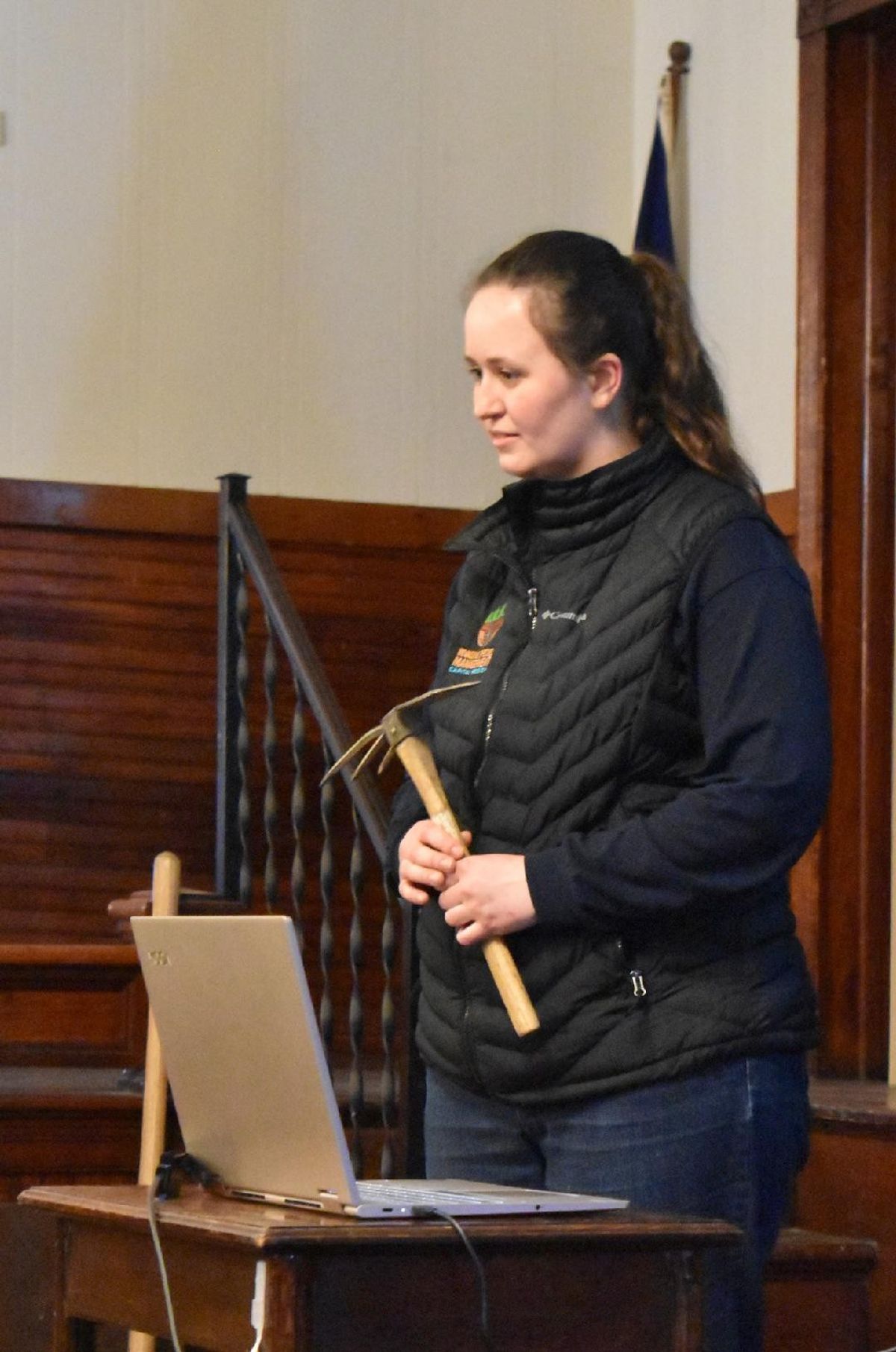
Sam Schultz, terrestrial invasive species coordinator with PRISM, is holding a tool she calls a “best friend” in the battle against invasives: the hand grubber. She was one of the presenters at the Copake Grange for a talk about invasive species Saturday, March 2.
L. Tomaino
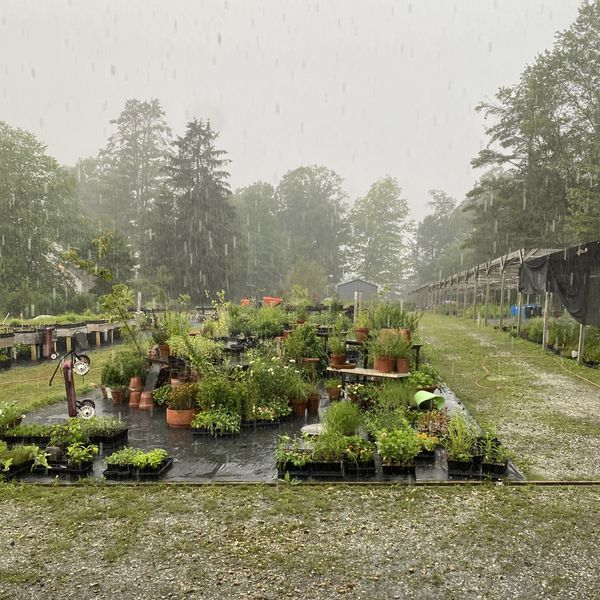

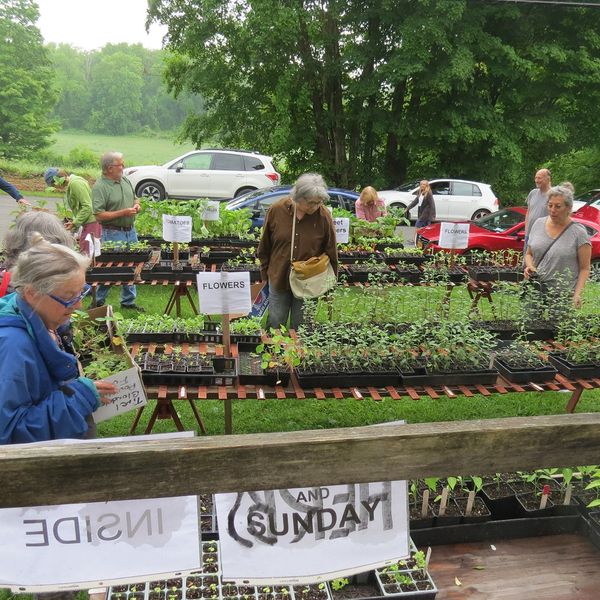
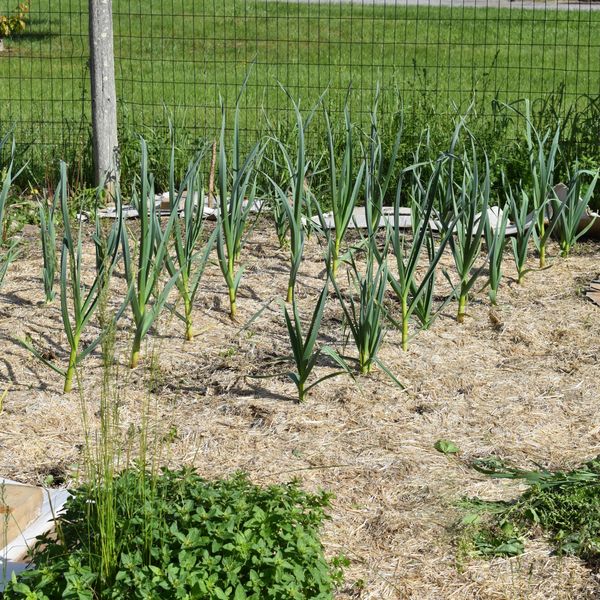
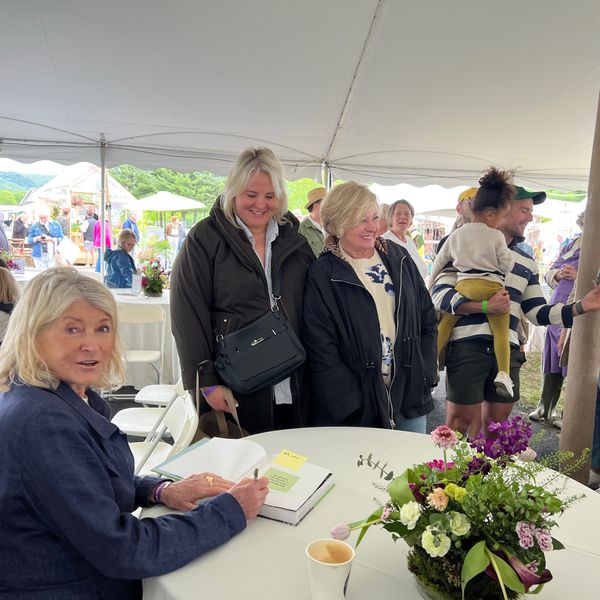
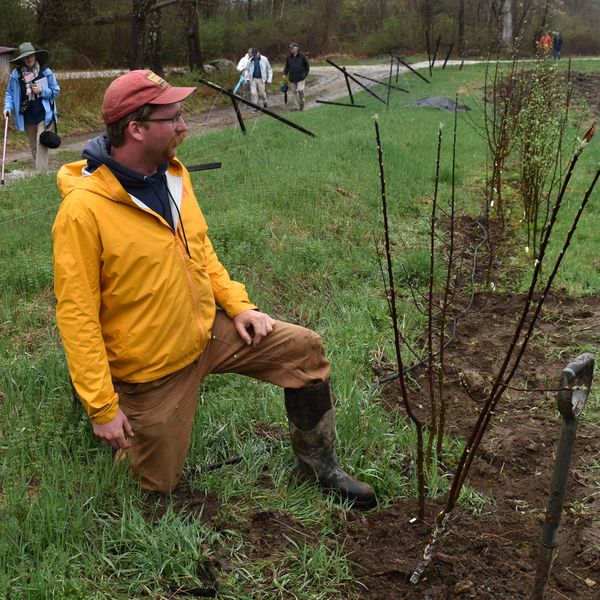


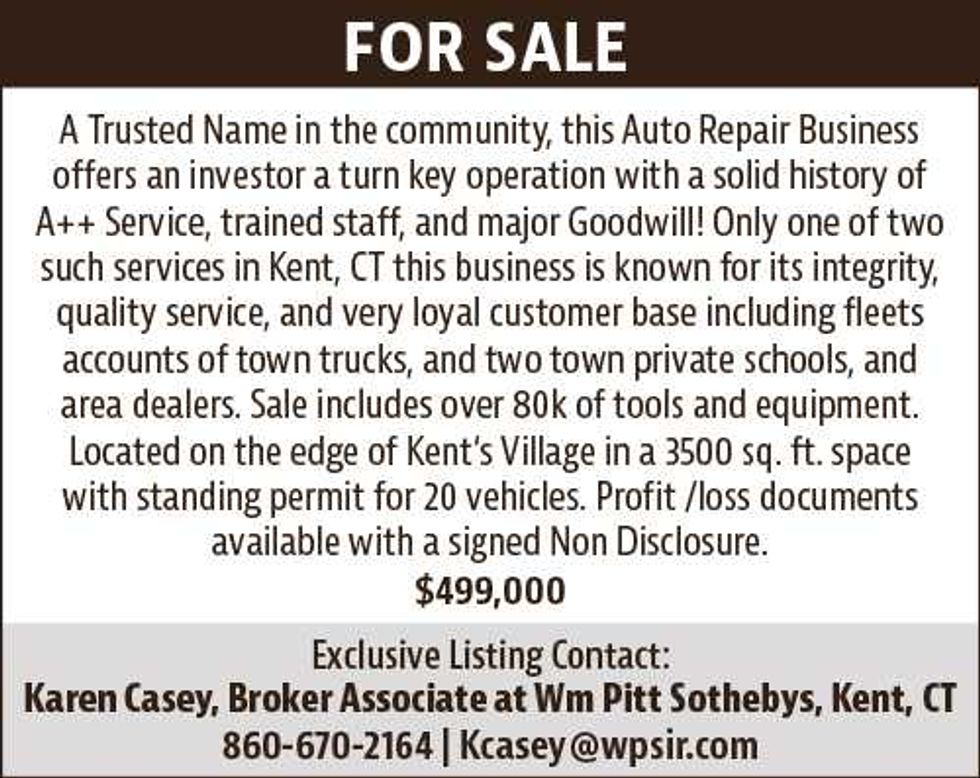
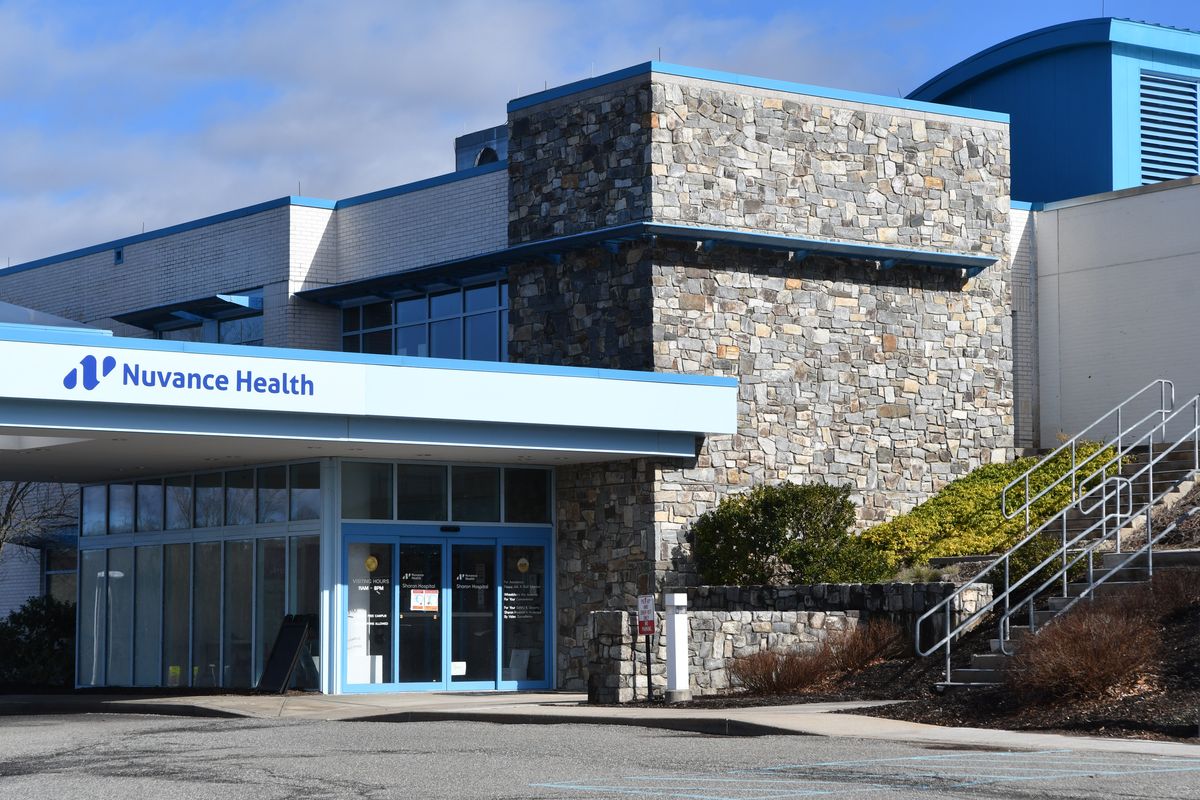
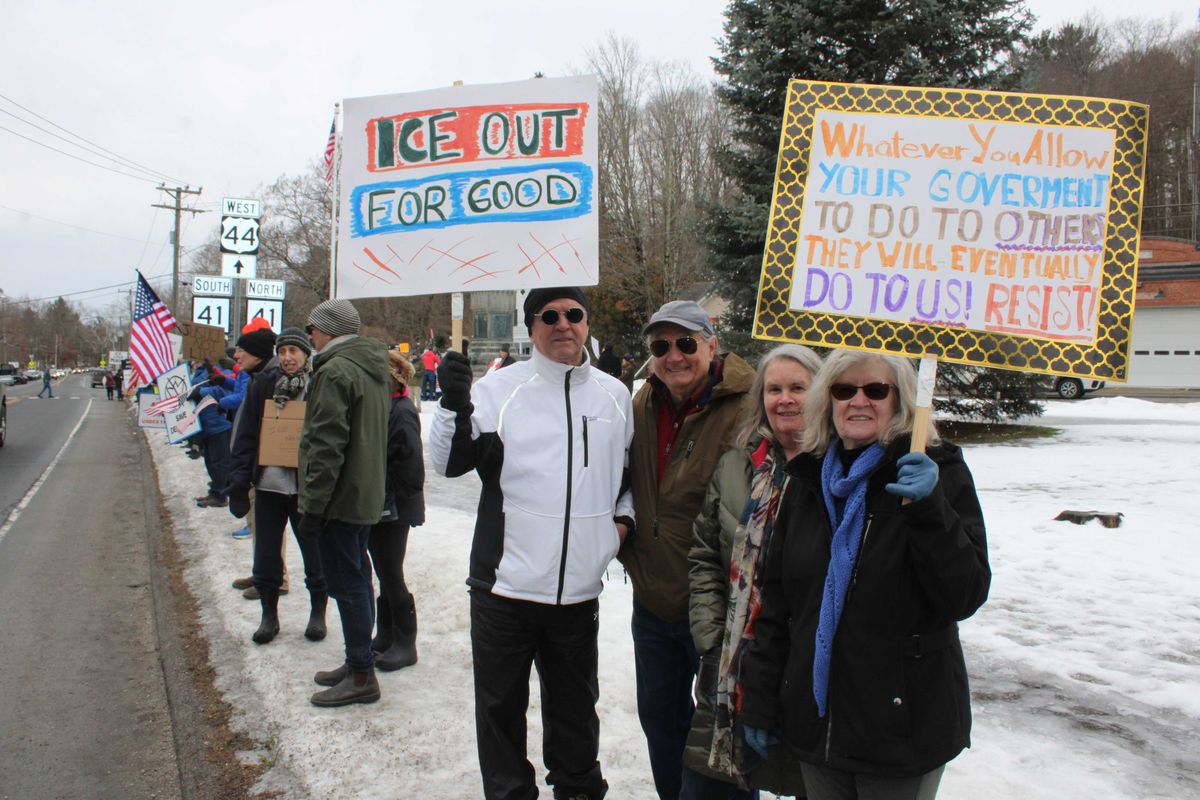
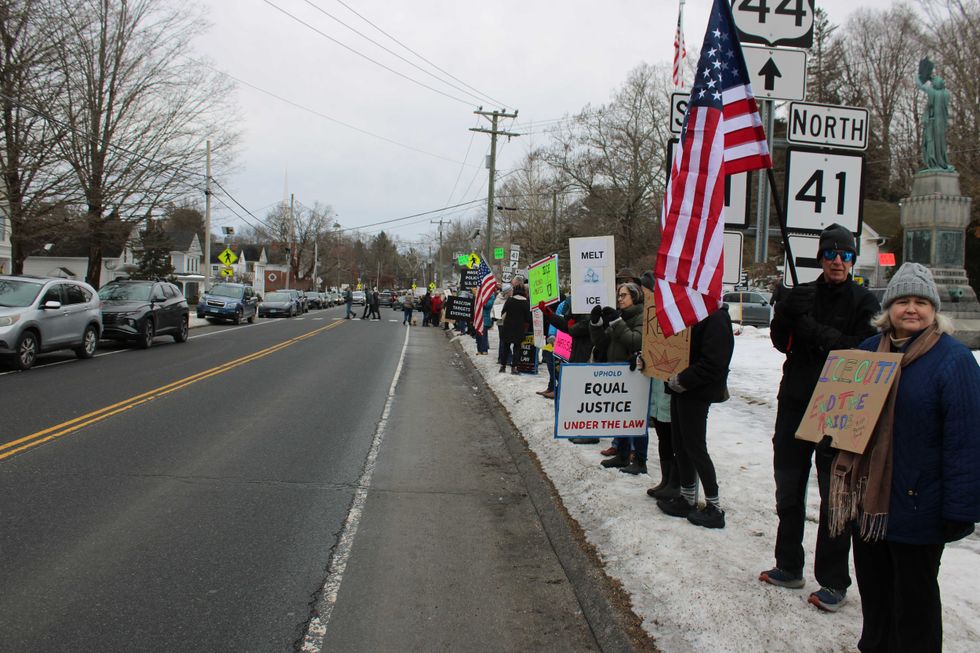 Demonstrators line Route 44 along the Memorial Green in Salisbury on the morning of Jan. 10 to protest the federal Immigration and Customs Enforcement agency.By Alec Linden
Demonstrators line Route 44 along the Memorial Green in Salisbury on the morning of Jan. 10 to protest the federal Immigration and Customs Enforcement agency.By Alec Linden



